Satellites have been used in military craft for decades. For all this time, the way they are used has not changed. However, during Russia’s war against Ukraine, the army faced new challenges in terms of security and the organization of satellite traffic. Solving these problems has given a huge impetus to the development of the industry.
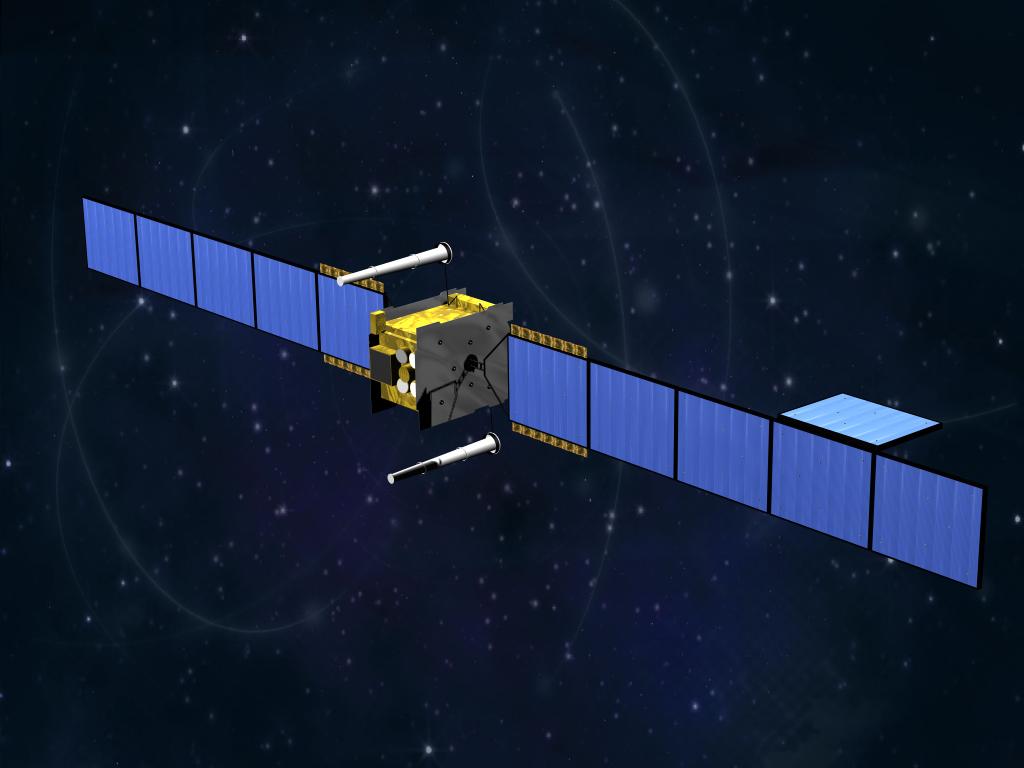
Complex operation of systems
Surveillance, navigation and communications satellites are the three components that need to work together to provide the military with reliable data. Thanks to them, they get images of the area from orbit, transmit the coordinates of targets and coordinate the cooperation of military units.
A special story — cruise missiles, which are powerful weapons of full-scale war against Ukraine. Their accurate targeting and tracking throughout the flight is the result of the operation of satellite systems without human intervention.
Therefore, the use of individual GPS receivers, as the Russian army does, has long been a bad option. To work with satellite data, the military need integrated computer systems that can gather information together and display it in a convenient way.
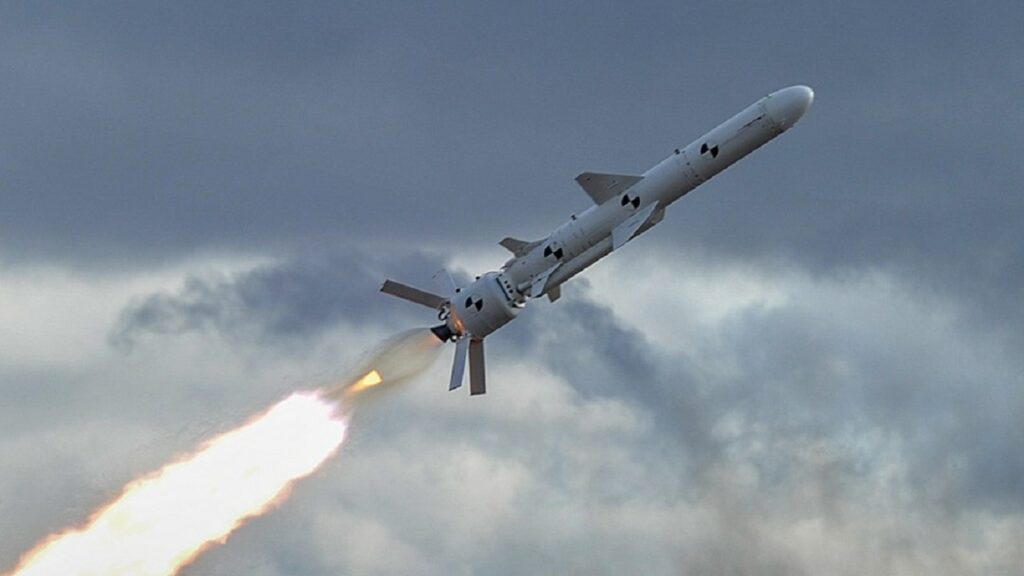
Anti-satellite weapons: advance and challenges
If there is any obstacle to victory anywhere, it must be neutralized by all possible forces and means. This is how one could formulate one of the basic principles of war. And if the satellites give your enemy advantage on the battlefield, you need to look for ways to get rid of them.
This is how the concept of anti-satellite weapons arose. In the traditional version, it has the appearance of very specific missiles that can hit enemy satellites in space. Even more, the debris from the explosion of the target will disable even those devices that were not hit.
Today, three countries have these weapons: the United States, Russia and China. However, they are in no hurry to use it due to significant side effects. Wreckage of target and rocket itself remain in orbit and could damage the vehicles of neutral and even allied states.
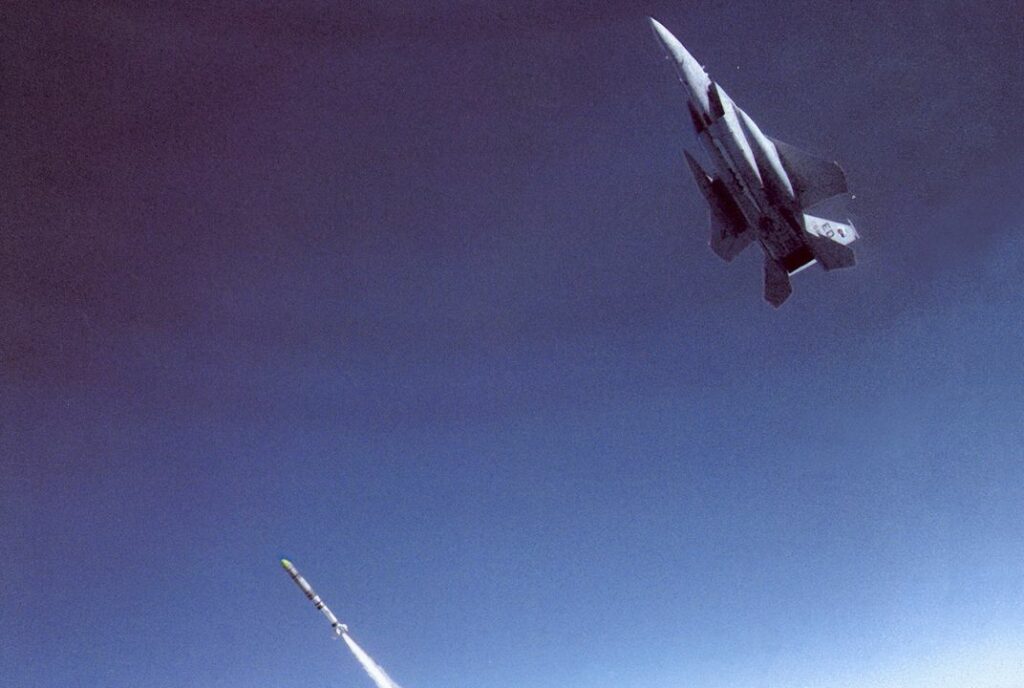
Therefore, less destructive methods are being used to neutralize satellites: signal jamming and hacker attacks. No wonder Russia tried to break Viasat satellites just before the start of hostilities against Ukraine. According to experts, it was through this network that many military facilities, including drones, were operated.
Challenges of military space
Security issue
Countering the enemy’s attempts to neutralize the satellites is one of the main challenges in the military space industry. The main focus is not on the reliability of a single satellite, but on the ability of the system to work after the loss of several devices.
Trends in this regard are changing right now. The US military says that instead of a dozen large and complex devices, it is better to run a hundred small and simple. This approach is somewhat harder to realize and it overloads the orbit with spacecraft, but as the experience of recent months has shown, it is the most effective solution.

Surprisingly, security issues are now secondary to ensuring the most efficient operation of the system itself. Previously, the main task of the military was simply to obtain some operational information from space, but now, thanks to commercial operators, this information is more than enough, and so analytical data processing comes to the fore.
Image processing challenges
Surface images in the optical, infrared and other ranges are good, but enemy tanks still need to be found on them. And neither the military nor the civilians were prepared for this task. Right now, new solutions are being created for image processing, the details of which are not disclosed. From the information available, we can conclude that these are artificial intelligence systems that can find certain objects in images and collate them with time and the surrounding area.
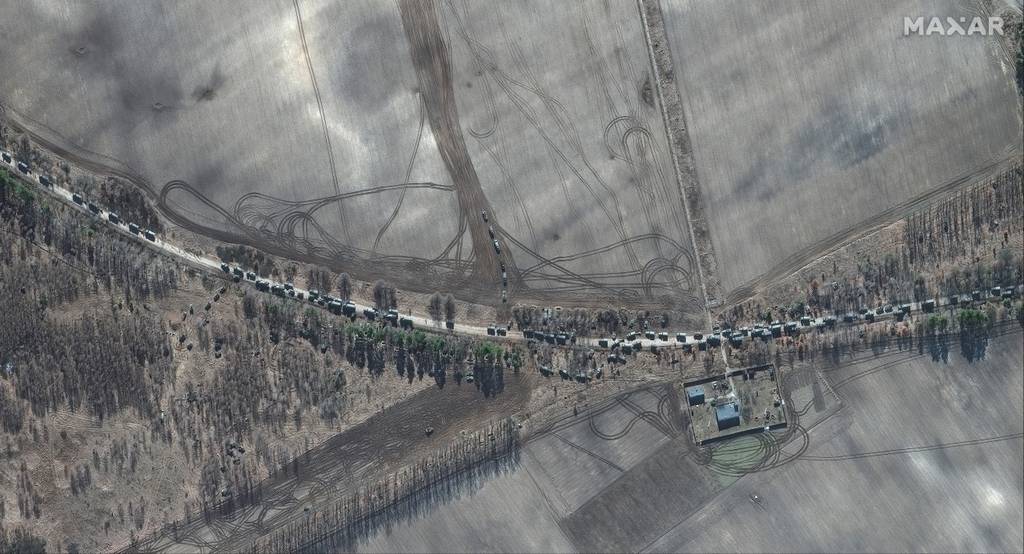
This is necessary in order to get maximal information from photos in a short time, because even such a large number of satellites are not able to observe a certain area all the time. And the situation in the area of hostilities can change every minute. Therefore, it is important to adjust the work of satellites based on information from other satellites.
And this requires not only data processing systems. Proper management is crucial for providing timely requests to the companies-operators and receiving answers from them. The main challenge of our space armies today is how to make such a system fast, decentralized and reliable as well.
In addition, it is crucial to create a system for bringing all this data to the operating units. Traditionally, the army has a principle that a soldier must have no more information than he needs to perform his task. Then, in the event of capture, he is simply not able to tell the enemy much.
What a soldier should know
However, increasing the autonomy of units requires access to satellite information for a growing number of the military staff. The effectiveness of platoons, not even companies, is increasingly determined not by the caliber of available weapons, but by the ability of their commanders to exchange data, sometimes between neighboring units, bypassing leadership.
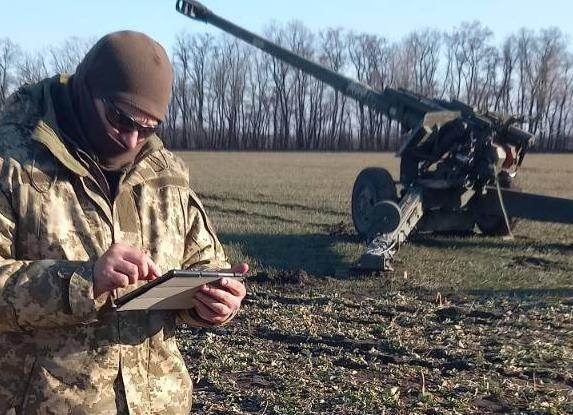
What should a soldier know? Source: www.gazeta1.com
And these issues relate to the development of equipment for the use of satellite systems. Should the traditional “vertical” system of military information exchange be broken, sacrificing security for speed and efficiency? Is it possible to find such an organizational and technical solution that could solve both of these issues at the same time?
War is changing its ways, and now it is happening faster than ever before in history. The use of satellite information systems is at the epicenter of these changes. What was true five years ago makes little sense today. And the outcome of these changes remains unknown.

